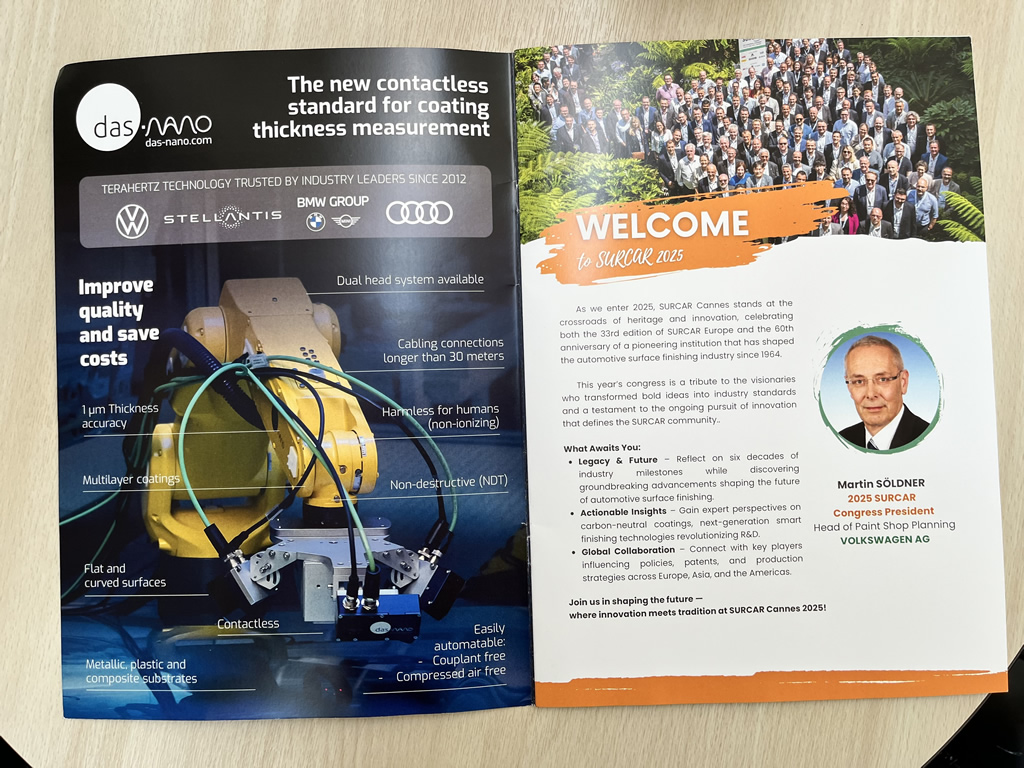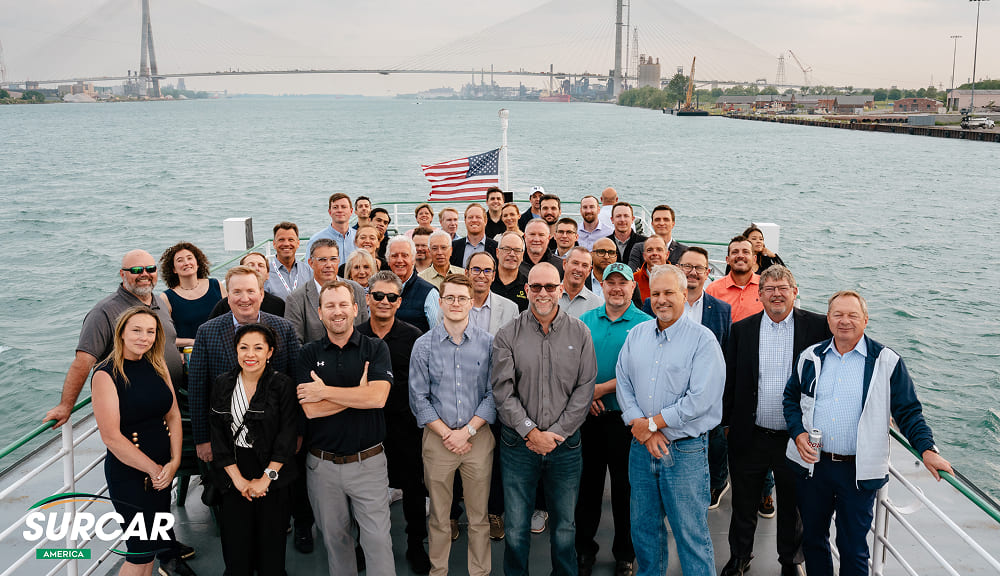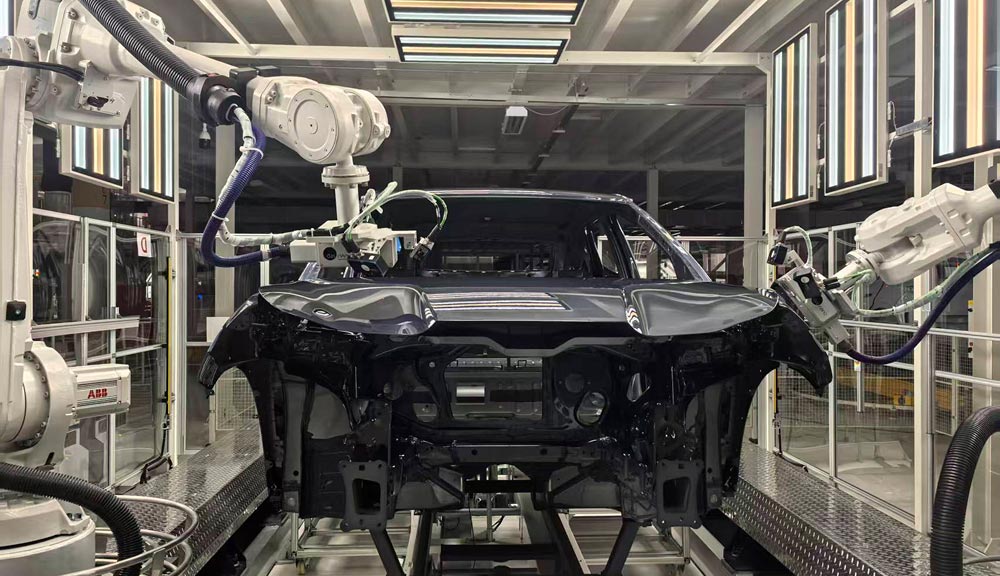Opinion article by Israel Arnedo, Director at das‑Nano, published in El Español on March 29, 2025.
At the heart of our digital lives lie semiconductors, special materials used to produce the tiny components that power everything from smartphones to electric vehicles, commonly referred to as chips. Manufacturing these chips is an incredibly complex process that requires almost unimaginable levels of precision. This is where terahertz wave inspection technology is beginning to play a key role, helping to ensure that these devices function as intended while also reducing the environmental impact of their production by detecting any faults as early as possible in the complex manufacturing chain.
The inspection in semiconductors
The fabrication of chips involves multiple stages of material deposition and etching of metals, semiconductors and insulators. The integrity of each layer and its electrical properties must meet strict quality standards — even a slight deviation can lead to failures detected only in final testing, resulting in costly and wasteful discards. Traditional inspection methods have worked efficiently, but face limitations when trying to analyse complex materials non-destructively at high speed. This gap has paved the way for new solutions like terahertz waves.
What are terahertz waves?
Terahertz waves, located between microwave and infrared radiation on the electromagnetic spectrum, have a unique capacity: they can penetrate many materials and analyse their electrical properties without damaging them. This makes it possible to inspect and measure ultra-thin layers rapidly and precisely — a capability essential in semiconductor production.
The following advantages of terahertz inspection stand out:
- Non‑destructive measurement: terahertz waves enable the analysis of ultra-sensitive materials without alteration, allowing inspection of the full production output.
- Layer discrimination: the ability to distinguish multiple material layers provides detailed insight into thickness and uniformity.
- Real‑time integration: when embedded in production lines, terahertz inspection cuts down inspection times and enables immediate process corrections, avoiding costly rework.
Beyond precision: impact on sustainability
In addition to guaranteeing final product quality, terahertz wave inspection significantly advances sustainability. This technology detects not only defects but also inhomogeneities and variations in material properties, enabling tighter process control. By optimizing material and energy use, it reduces waste and improves efficiency — a vital advantage in a sector facing surging global demand and mounting environmental responsibility pressures.
The future of semiconductor production and terahertz
The adoption of advanced technologies such as terahertz waves is transforming chip manufacturing, not only from a technical standpoint but also strategically. In a global context where demand for these components continues to grow exponentially, ensuring their quality efficiently and sustainably is no longer optional — it is essential.
At das‑Nano, we believe that terahertz waves are more than just an inspection tool: they are a key element in driving the chip industry toward a future where new materials enable smarter, more environmentally friendly designs.



